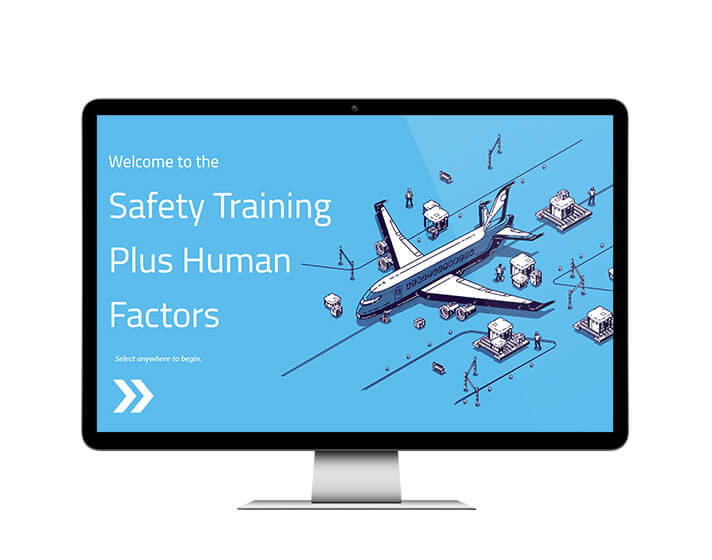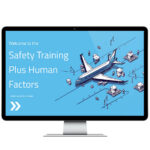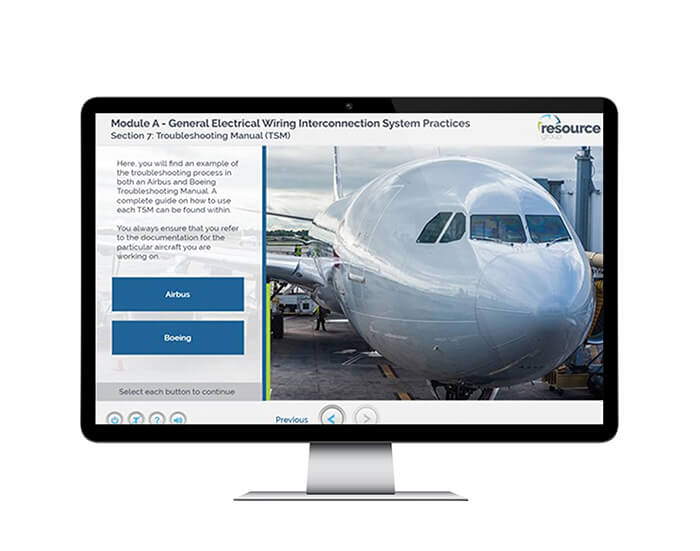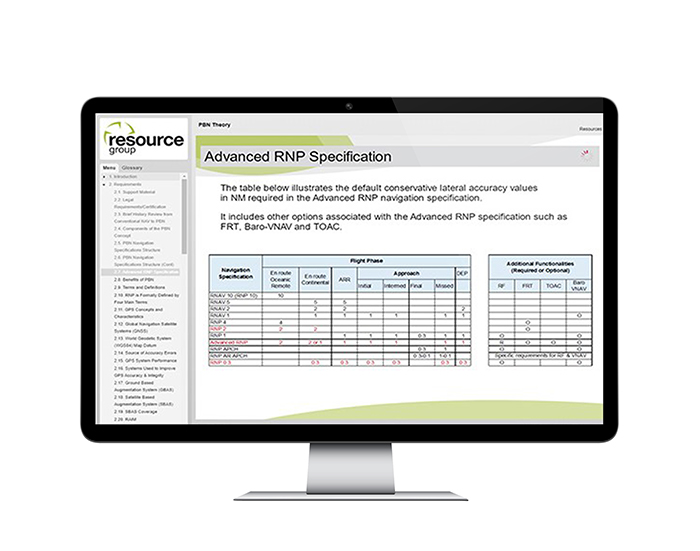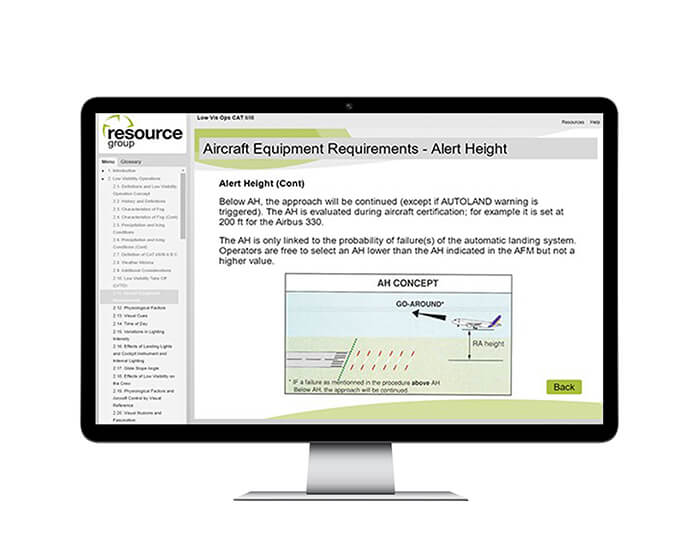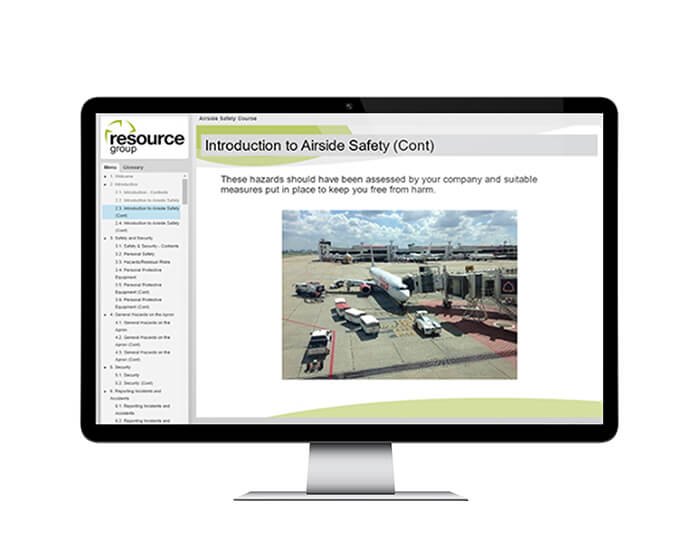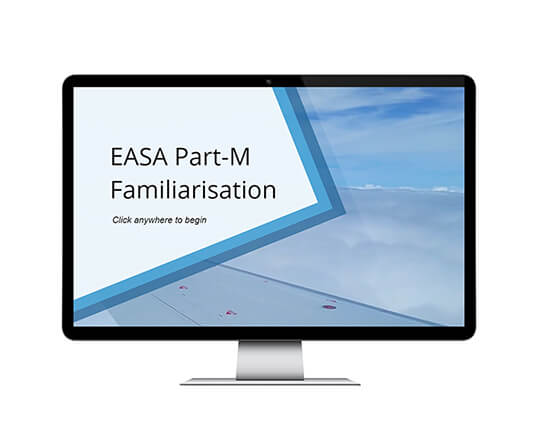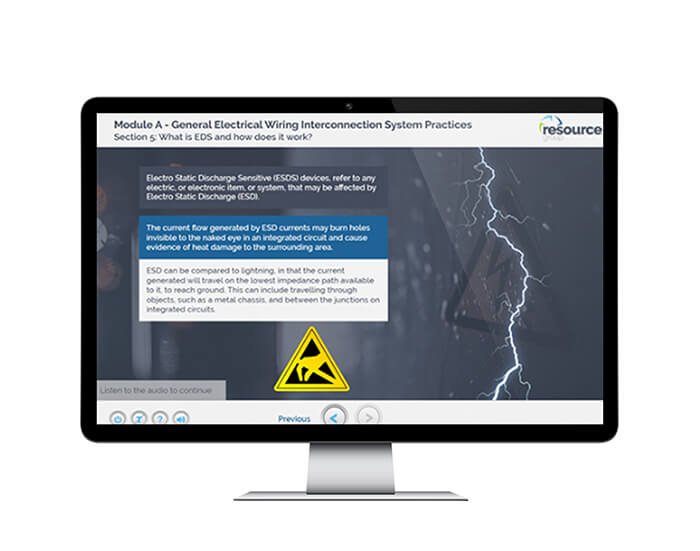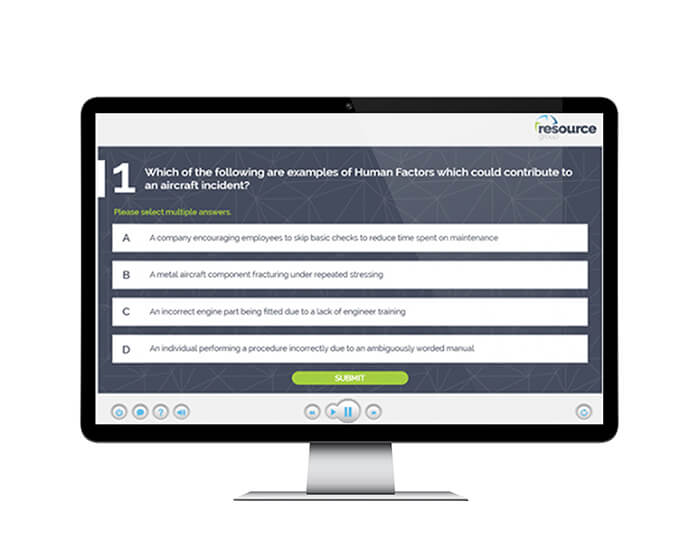Safety Training plus Human Factors
The course provides a detailed understanding of human factors and safety programmes which form part of an organisation’s Safety Management System.
It is designed to help you recognise human performance limitations in yourself and others and be able to avoid, detect and rectify errors or error-prone behaviour and practices.
£52.00 (exc. VAT)
More Information
Who is this course aimed at? All technicians, engineers, planners, managers etc and all EASA Part 145 Organisations
To help all personnel in the engineering maintenance environment (technicians, engineers, planners, managers, etc. to recognise human performance limitations in themselves and others, and be able to avoid, detect and rectify errors or error prone behaviour and practices.
This course focuses on the elements of the human factors and safety management principles required by Regulation (EU) No. 1321/2014 Annex II (Part-145), 145.A.30 Personnel Requirements.
The course syllabus, as defined by GM1 145.A.30(e), provides the initial safety training required by the personnel involved in Part-145 maintenance activities.
Legislation:
- EASA GM1 145.A.30(e)
- CAP 715 An Introduction to Aircraft Maintenance Engineering Human Factors for JAR66 CAP 716
- Aircraft Maintenance Human Factors (EASA/JAR145 Approved Organisations)
- CAP 718 Human Factors in Aircraft Maintenance and Inspection
- CAP 562 Civil Aviation Airworthiness Information and Procedures,
- Leaflet B -160 Maintenance Error Management Systems
Course Content:
Module 1
Describe the meaning of the terms safety management and Human Factors.
1.1. Aviation Safety Management and Human Factors
1.2. Statistics from studies of incident data.
1.3. Incidents
1.4. 1a. Safety Risk Management in relation to:
1a.1. Hazard Identification 1a.2. Safety risk assessment
1a.3. Risk mitigation and management
1a.4. Effectiveness of safety risk management
Module 2
2. The concept of safety culture and what is meant by organisational aspects of human factors.
Identify the elements of a good safety culture and its importance in relation to:
2.1 Justness/Trust
2.2 Commitment to safety
2.3 Adaptability
2.4 Awareness
2.5 Behaviour
2.6 Information
Module 3
3. Explain human error in relation to:
3.1 Error models and theories
3.2 Types of errors in continuing airworthiness management and maintenance tasks
3.3 Violations
3.4 Implications of errors
3.5 Avoiding and managing errors
3.6 Human reliability
Module 4
4. Human performance and limitations in relation to:
4.1 Vision
4.2 Hearing
4.3 Information-processing
4.4 Attention and perception
4.5 Situational awareness
4.6 Memory
4.7 Claustrophobia and physical access
4.8 Motivation
4.9 Fitness/Health
4.10 Stress
4.11 Workload management
4.12 Fatigue
4.13 Alcohol, medication, drugs
4.14 Physical work
4.15 Repetitive tasks/complacency
Module 5
5. How environmental factors effect human performance in relation to:
5.1 Peer pressure
5.2 Stressors
5.3 Time pressure and deadlines
5.4 Shift work
5.5 Noise and fumes
5.6 Illumination
5.7 Climate and temperature
5.8 Motion and vibration
5.9 Complex systems
5.10 Other hazards in the workplace
5.11 Lack of manpower
5.12 Distractions and interruptions
Module 6
6. Procedures, information, tools and practices in relation to:
6.1 Visual inspection
6.2 Work logging and recording
6.3 Procedure — practice/mismatch/norms
6.4 Technical documentation — access and quality
6.5 Critical maintenance tasks and error-capturing methods
Module 7
7. Describe communication processes for:
7.1 Shift/Task handover
7.2 Dissemination of information
7.3 Cultural differences on communication
Module 8
8. Teamwork, in relation to:
8.1 Responsibility
8.2 Management, supervision and leadership
8.3 Decision-making
Module 9
9. Professionalism and integrity, in relation to:
9.1 Keeping up to date; currency
9.2 Avoiding error-provoking behaviour
9.3 Assertiveness
Module 10
10. Describe the organisation’s safety programme, in relation to:
10.1 Safety policy and objectives
10.2 Just culture principles
10.3 Reporting Errors and Hazards
10.4 Internal Safety Reporting Scheme
10.5 Just Disciplinary Policy
10.6 Error Investigation Process
10.7 Action to address problems
10.8 Feedback and safety promotion

